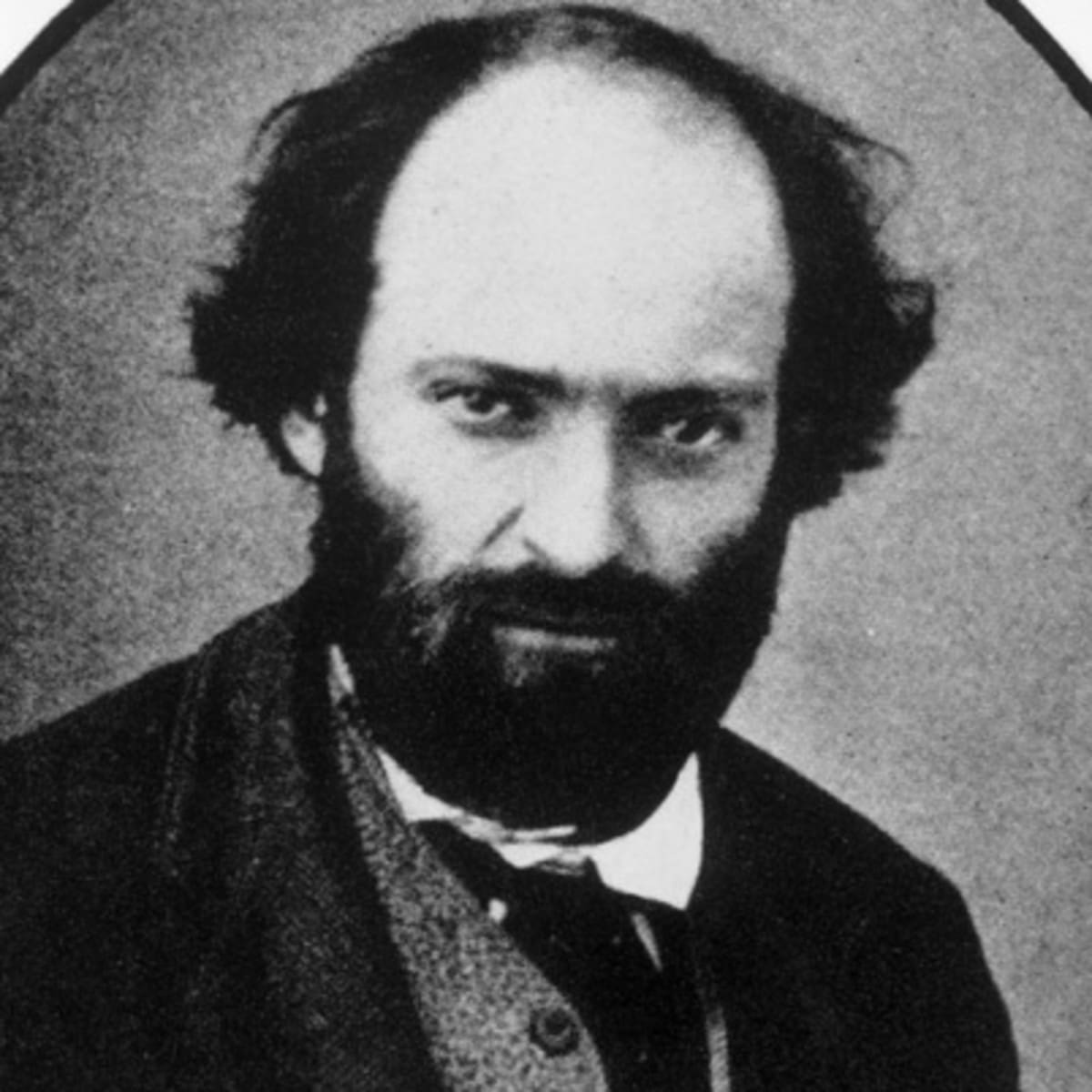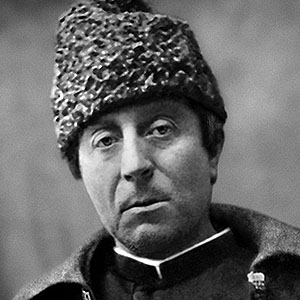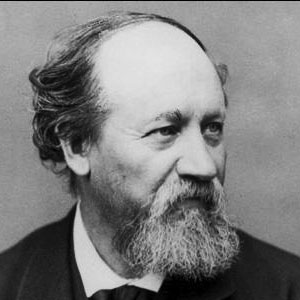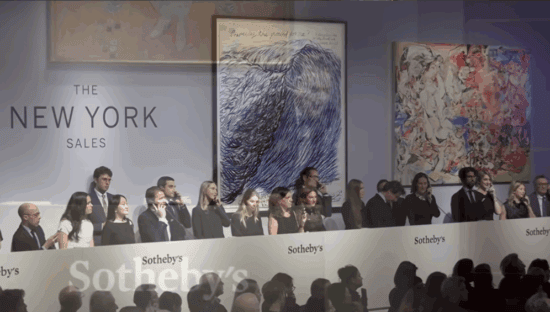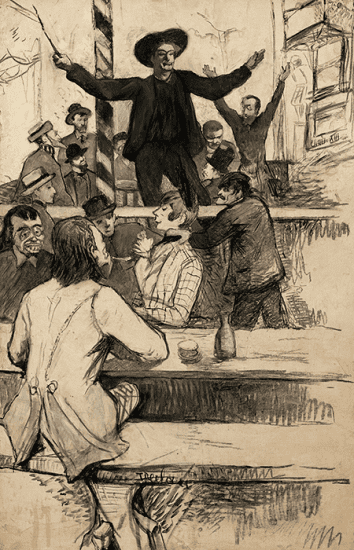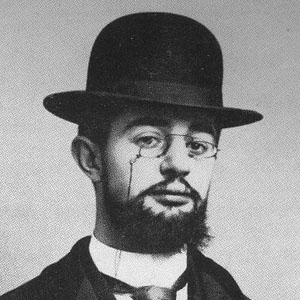
Henri de Toulouse-Lautrec (Henri-Marie-Raymond de Toulouse-Lautrec Monfa). French painter, draughtsman and lithographer, born in Albi and died in Malrome. The child of aristocratic parents, he had a conventional boyhood, with plenty of riding and shooting. A son of the wealthy and aristocratic Lautrec family line, Toulouse suffered the effects of several hundred years of inbreeding: he was genetic dwarf. Because his dwarfism was due to insufficient genetic variety, he was incapable of retaining nutrients, including calcium, to strengthen bones, promote growth, and prevent fracture. In 1878, and again in 1879, he broke his left leg and right femur. He would never fully recover from this accident, and while his torso continued to develop, his legs remained stunted. In 1882, he enrolled in Bonnat's studio in Paris; when Bonnat gave up teaching, he went on to work under Cormon. In 1885 he settled in Montmartre, a raffish area that satisfied his need to find a milieu in which his physical appearance would be accepted without embarrassment or attention. Montmartre also provided Lautrec with a series of dubious women, from one of whom he contracted the syphilis that contributed to his early death.
In 1888, Lautrec produced his first really independent, mature work: The Cirque Fernando (Art Institute of Chicago), which reveals such characteristic Impressionist devices as the flattening of the picture space, the employment of a rather unusual viewpoint, and the cutting of the figures by the edge of the composition. Peculiar to Lautrec himself, however, is an ingredient of caricature (in the ringmaster, for example) and the use of bold, simplified, non-naturalistic color. The painting already contains most of the elements that Lautrec was to exploit in his posters.
Toulouse-Lautrec's first lithographic print, a poster for the Moulin Rouge, dates from 1891; in the remaining ten years of his life, he was to make nearly 400 prints in black and white and in color, and produce thirty-one posters proper. Lautrec was among the first and, in many respects, the greatest of all poster designers. A man with a strong theatrical sense, interested in individual personality and fascinated by social extremes, he had the right kind of flair, panache and an appropriate, often sardonic sense of exaggeration.
The Divan Japonais or Jane Avril-Jardin de Paris combine inventiveness and keen visual precision with a kind of careless, cynical elegance in a way that is quite breath-taking. Lautrec's influence on the development of the poster was enormous.
Like Degas - but unlike most of the Impressionists -Lautrec was not really interested in landscape; and the lighting in his pictures is often most convincing and effective when it is artificial. His favorite themes were the Parisian dance halls, cabarets and circuses (notably the Moulin Rouge and the Moulin de la Galette). And even life in the brothels, where he spent a great deal of his time-as an observer as well as a customer. His ordered and calculated pictures of the calculating but disordered world of the prostitute are neither lascivious nor coy; and in their unglamorized. acceptance of the facts of real life, they were to be influential in the history of twentieth century art. The young Pablo Picasso, for example, was obviously influenced by them.
Lautrec also painted relatively conventional nude studies, and he incorporated in his work in various ways many of the celebrities of the music-hall world: Jane Avril, 'La Goulue', Valentin-le Desosse, Loie Fuller and Yvette Guilbert. As the 1890s wore on, Lautrec's life became increasingly dissipated; and the quantity and quality of his work began to decline. In 1899 he suffered a complete physical and mental breakdown, and was confined to a sanatorium. While he was still an inmate he resumed work (partly to establish his sanity), and on his release he began painting again. His style, however, was now different. In the later works (In a Private Room at the 'Rat Mort', 1899, London, Courtauld Gallery), the coloring is more somber, the handling broader; the emphasis has become painterly rather than linear. His health broken, and worn out by his excesses, Lautrec died in September 1901, surrounded by his family. The contents of his studio were later presented to his native town of Albi.

